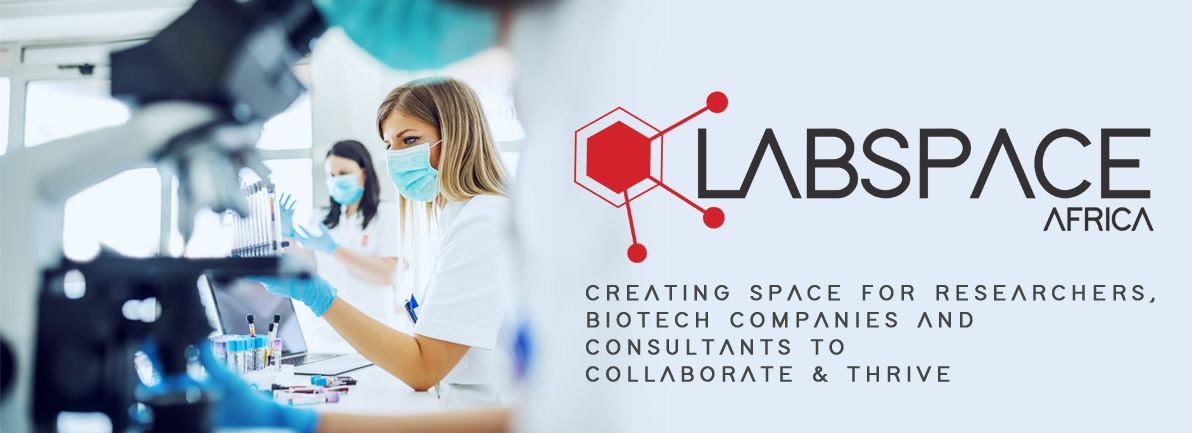climatic testing of pharmaceuticals
Mycotoxin analysis

LabSPACE Africa is an independent company that offers facilities to local and international researchers in South Africa. Facilities available include research space and storage space for samples to be archived over a long period of time, as also as areas in our climatic facilities for stability assessment. Our goal is to lower equipment costs, laboratory overheads and operating costs to increase efficiency and economical.
LabSPACE offers chemistry services. It provides laboratories offices, space for office use and access to all our general and analytical equipment for sample generation and reports.
We aim to create LabSPACE Africa facilities throughout South Africa, giving our clients and us a significant advantage in many research areas.
For those looking to form the possibility of a partnership or rent lab space, LabSPACE gives them access to analytic labs at affordable prices. This allows them to run their own facilities without the cost of running your own laboratory.
Laboratory space includes inclusion in operational procedures that are compliant and pertaining to compliance with local regulation, the safety of staff as well as the management of biological and chemical waste.
Contact us for space at our facility or for assistance through the steps of building your own facility.
Mycotoxin analysis